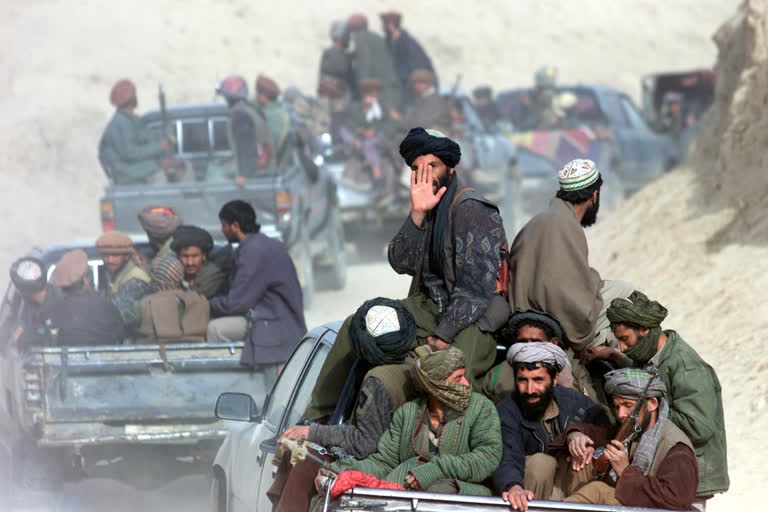New Delhi:In the last few days, there has been a constant stream of urgent alerts from governments about the clear and imminent danger in Kabul’s Hamid Karzai International Airport that had asked people at large to avoid the complex and move away from it.
But on Thursday, suspected Islamic State of Khorasan (ISIS-K) suicide bombers made it to crowds including one where US soldiers were gathered and set off blasts to the devastating effect that have claimed at least 72 (according to AFP) including 13 US soldiers, wounding scores.
A huge and unprecedented evacuation effort is on in Kabul airport as nations are rushing to fly out people to adhere to an August 31 deadline even as thousands of people wait inside and outside the airport perimeter trying to escape a Taliban rule in Afghanistan.
The warnings were issued by the governments of the US, UK, Australia, Belgium, Netherlands, Germany and many others including a Taliban official who said Kabul airport was a flashpoint and that even the Taliban guards at the airport were risking their lives in view of the threat posed to them by the ISIS (K), an affiliate of the Islamic State.
Before the blast, the US alert was specific: "This is a dynamic and volatile security situation on the ground… The Embassy in Kabul issued a security alert instructing US citizens who are at the Abbey Gate, East Gate, or North Gate to leave immediately."
The attack has raised several questions relating to the security arrangements at several levels.
The two blasts took place at the Abbey gate and the Baron hotel entrance. To reach these points, at least two checkpoints manned by the Taliban have to be crossed.
The area outside the airport perimeter is guarded by fighters of the 'Red Unit' or 'Badri 313', touted as the special and elite forces of the Taliban.
While the US army's 10th Mountain Division guards the airport surroundings, the US 82nd Airborne Division is mandated with securing the runway and the 24th Marine Expeditionary Unit is assisting in the civilian departure. In total, there are 6,000 US troops present in and around the airport.
The Afghanistan-headquartered ISK that adheres to radical Salafist-Wahhabi Islamic ideology is a self-declared 'wilayat' (province) under the overall control of the 'caliphate' of Islamic State in Iraq and Syria (ISIS), one of the most brutal terror organizations known in recent times with videographed public mass executions as its trademark.
ISIS-K was set up in Afghanistan on January 10, 2015, and had expanded quite rapidly especially in the restive northeast Afghanistan neighbouring Pakistan. Its strongholds are in Nangarhar, Kunar and also Kabul to a certain extent.
In order to increase focus and to underline the significance it attaches to spreading in India and Pakistan, on May 10, 2019, and May 15, 2019, the ISIS-K set up the 'Wilayat al-Hind' and 'Wilayat Pakistan' respectively.
The 12th and 14th issues of 'Dabiq’, the online magazine of ISIS, had focused extensively on South Asia. The 14th issue carried an extensive interview of its "Emir" in Bengal Shaykh Abu Ibrahim Al Hanif where he threatens to wreak havoc across India, Bangladesh and Myanmar.
Comprising several thousand fighters, the ISK received a fillip when about 2,000 jihadists of the Tehrik –e-Khaliphat Pakistan (TKP), a prominent faction of the Tehrik-e-Taliban Pakistan (TTP), issued a pledge of allegiance to the ISK.
